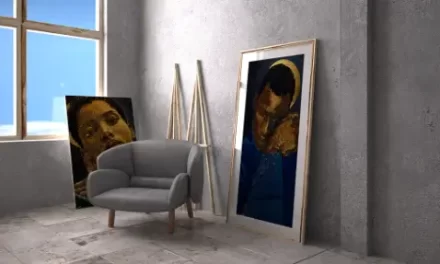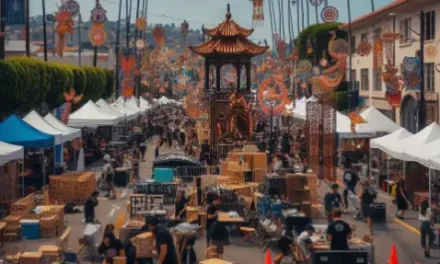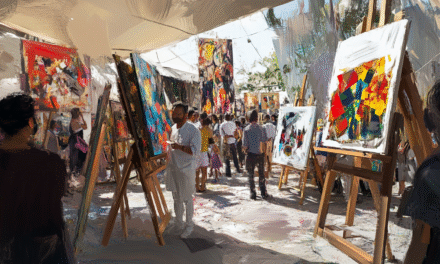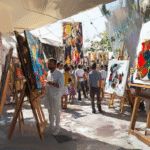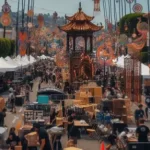Before turning professional, Velarde studied rhythm through music, movement, and media. With a degree in Radio, Television & Film and a passion for sound, he stepped into live stage production and touring.
In 1981, a chance meeting with R&B and blues manager Steve Brigati led to tours with legends such as Buddy Guy, Junior Wells, Koko Taylor, and Big Mama Thornton. Velarde’s roles included tour support and stage manager, but his camera was always ready.
“My images were spontaneous,” Velarde recalls. “Shot on instinct. I was living inside the music.”
This experience shaped his artistic identity, grounded in movement, memory, and meaning.
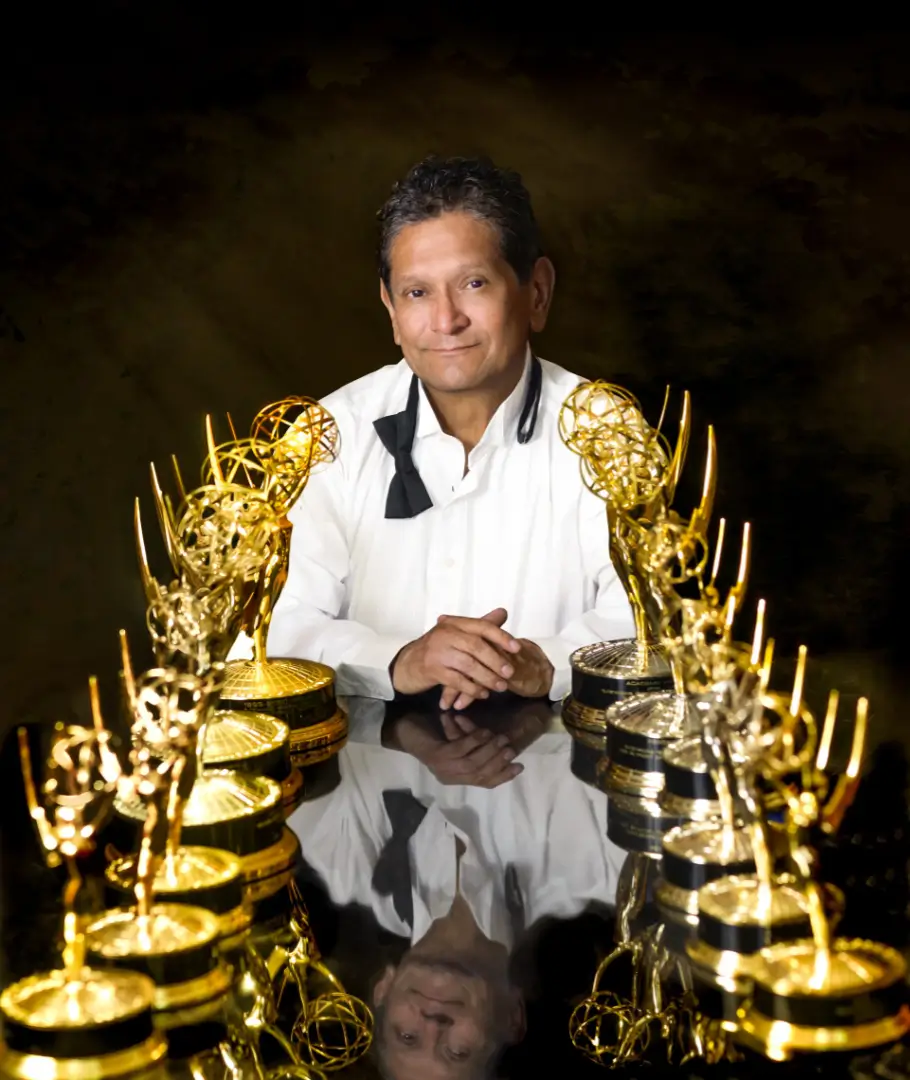
Jimmy Velarde's Emmys 2023 - Photo Credit by Veronica Slavin
Velarde’s signature aesthetic is defined by deep shadows, rich textures, and a cinematic feel. Early black-and-white newspaper work demanded this style, which he turned into art. Influences include Jim Marshall’s legendary concert photography, Bruce Talamon’s West Coast perspective, and Oscar Castillo’s reflection of Chicano identity. Castillo’s early work documented East Los Angeles in the 1970s, capturing murals, protests, and portraits that defined the era. His images gave visual form to Chicano pride, resistance, and everyday life. Velarde absorbed this approach, seeing the camera not as a neutral tool but as a voice.
“The murals, the faces, the light—everything about Chicano art shaped how I shot,” Velarde says. “That raw, unapologetic pride. It’s not just aesthetic. It’s spiritual.”
Velarde frames his subjects with respect and intimacy. He treats musicians, not as icons, but as people rooted in history and place. His use of grain, contrast, and shadow mirrors Castillo’s focus on texture and truth. Both photographers use photography to assert presence, identity, and memory.
“The murals, the faces, the light—everything about Chicano art shaped how I shot,” Velarde says. “That raw, unapologetic pride. It’s not just aesthetic. It’s spiritual. To be seen is to exist”
His use of light and grain echoes the visual texture of Chicano neighborhoods, emphasizing photography’s role as a tool of resistance and remembrance.
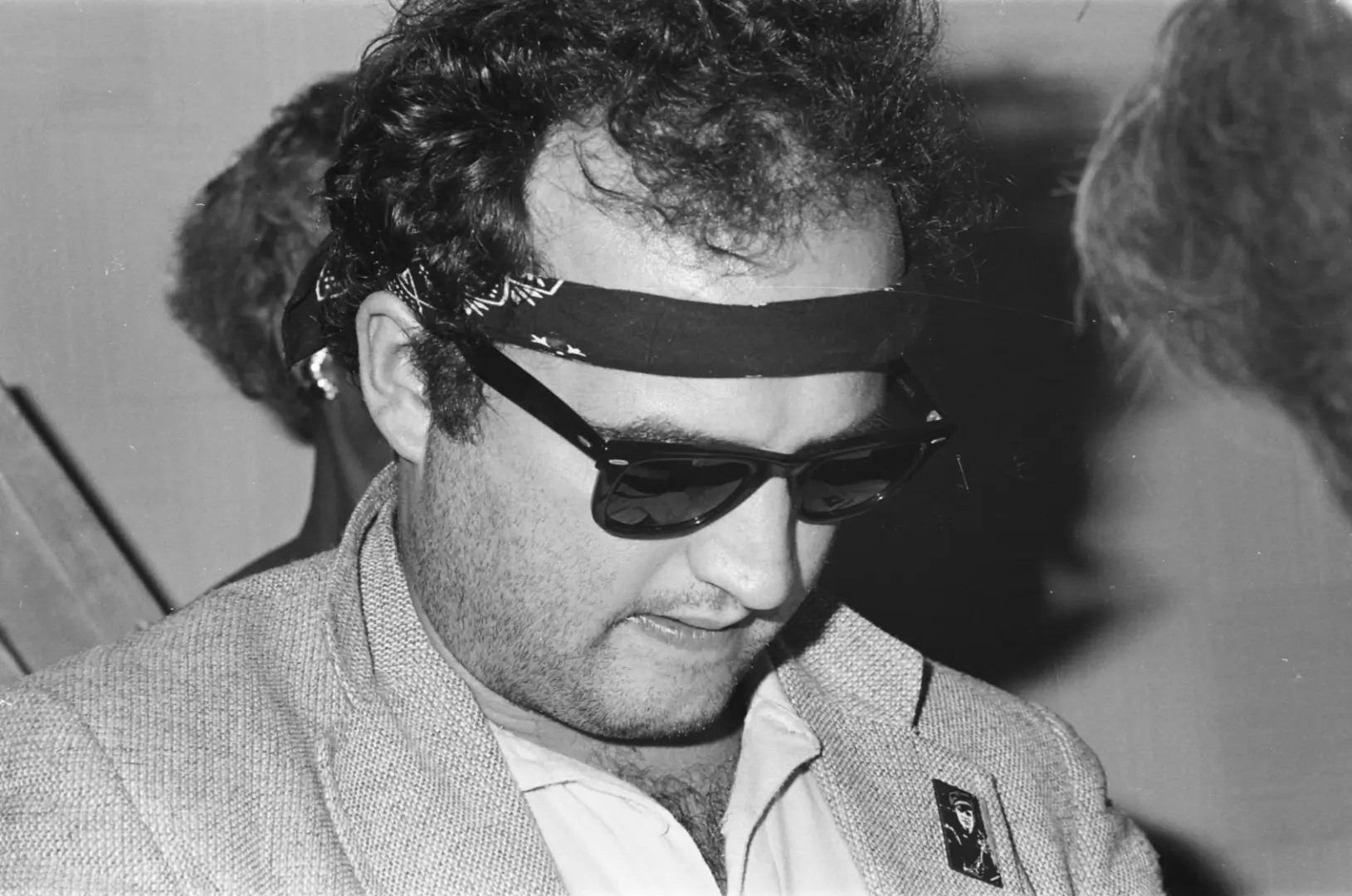
Velarde’s greatest strength lies in trust and intimacy. He allows moments to unfold naturally rather than forcing a shot. A notable memory involves Stevie Wonder, who once offered Velarde the chance to become his personal photographer—a gesture Velarde recalls as an unspoken connection.
“The best photo isn’t taken. It’s given,” he says.
Velarde’s photographs convey more than appearances; they capture emotion and spirit. He values truth over technical perfection, choosing blur and feeling over sharpness without soul.
One iconic image from 1981 shows John Belushi at Club Lingerie shortly before his death. Velarde captured the fleeting presence of the star, calling it “catching a ghost.”
Though his work spans many venues and cities, Velarde’s roots remain deeply connected to Chicano culture and community. His collaborations with La Mancha Gallery and the Central Avenue Jazz Festival reflect his role as both artist and cultural historian.
“Photography is proof,” Velarde states. “It’s how we show we were here, that we mattered, that we created beauty in the face of struggle.”
Velarde embraces both analog and digital technologies. While he remains devoted to the Olympus OM-1 film camera and currently shoots with the Sony Alpha a7 IV Mirrorless camera and iPhones for spontaneous moments. His current focus is digitizing decades of unseen negatives and prints to share his legacy broadly.
In a fast-moving visual culture, Velarde’s work stands as a testament to presence, memory, and the human experience. His photography does not simply depict musicians. It sings with them, capturing the invisible resonance that makes moments unforgettable.
As a Chicano artist rooted in community, Velarde offers a lasting cultural record. His images remind us that imperfection often carries the deepest truth.
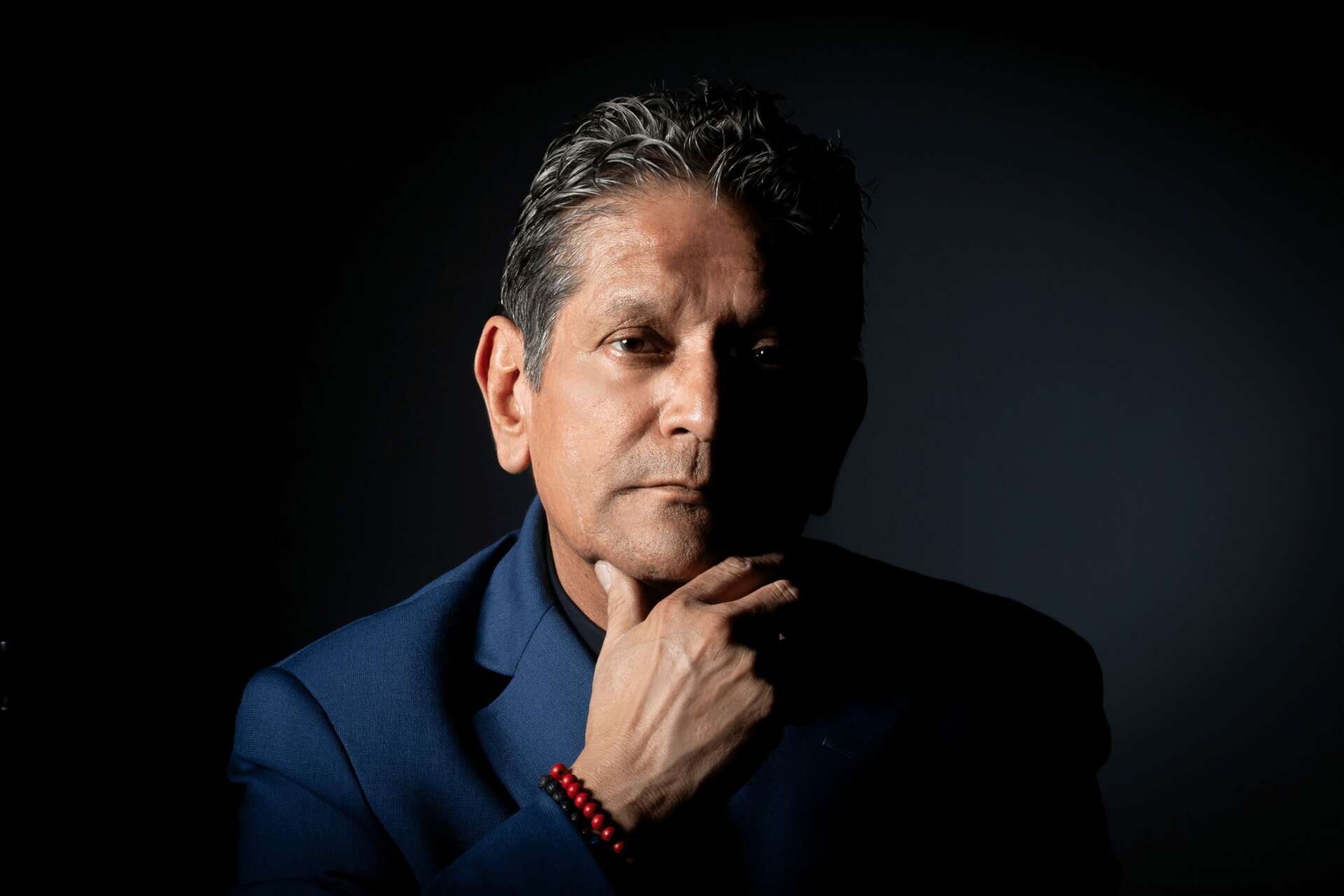
Jimmy Velarde- Photo Credit by Veronica Slavin
Jimmy Velarde President at CREATIVE TEAMWORK ENTERTAINMENT, INC.
Jimmy Adrian Velarde is a 12-time Emmy Award-winning producer and photographer with over 35 years of experience in the entertainment industry. He has worked on major network productions including The Late Late Show with James Corden, Real Time with Bill Maher, Survivor, and CBS Sports. A Grammy-nominated producer and CEO of Creative Teamwork Entertainment, Velarde began his career in 1980 as a freelance photographer for the Los Angeles Daily News.
He played a key role in documenting Los Angeles music and nightlife, later serving as Entertainment Director at Hispanic Media under Guber-Peters Entertainment. In the early 1980s, Velarde toured with blues legends like Buddy Guy, Junior Wells, Big Mama Thornton, and Koko Taylor. By 1989, he joined CBS Television City as a staff cameraman, contributing to historic broadcasts including The Carol Burnett Show, The Rose Parade, and Hollywood Bowl concerts with John Williams.
Velarde is a member of ATAS, NARAS, and SOC, and currently serves on the Board of Directors for the Pacoima Historical Society. His career bridges live music, broadcast television, and Chicano cultural preservation.













